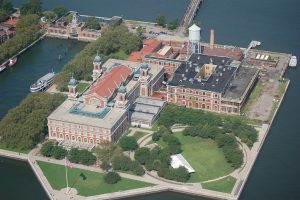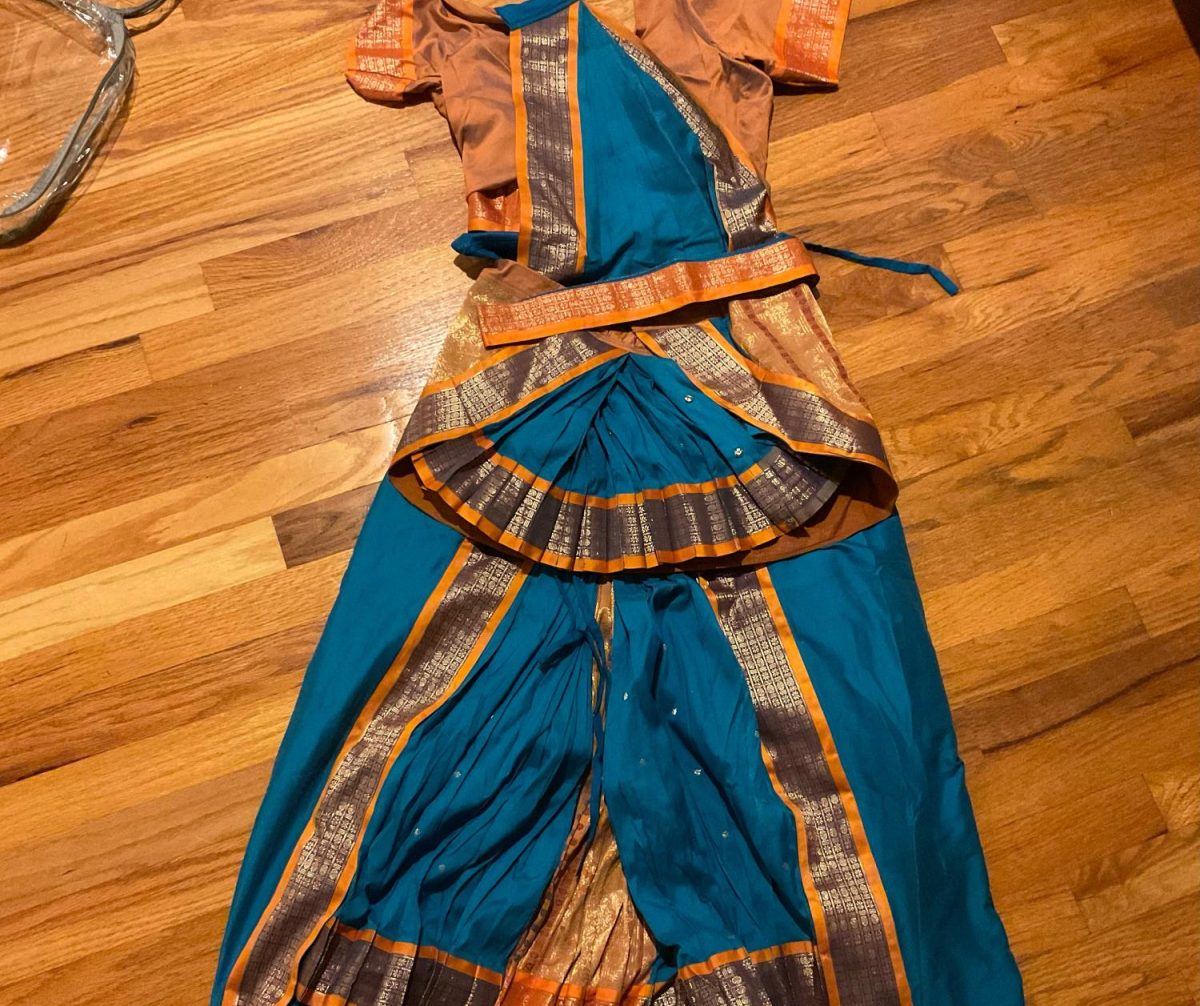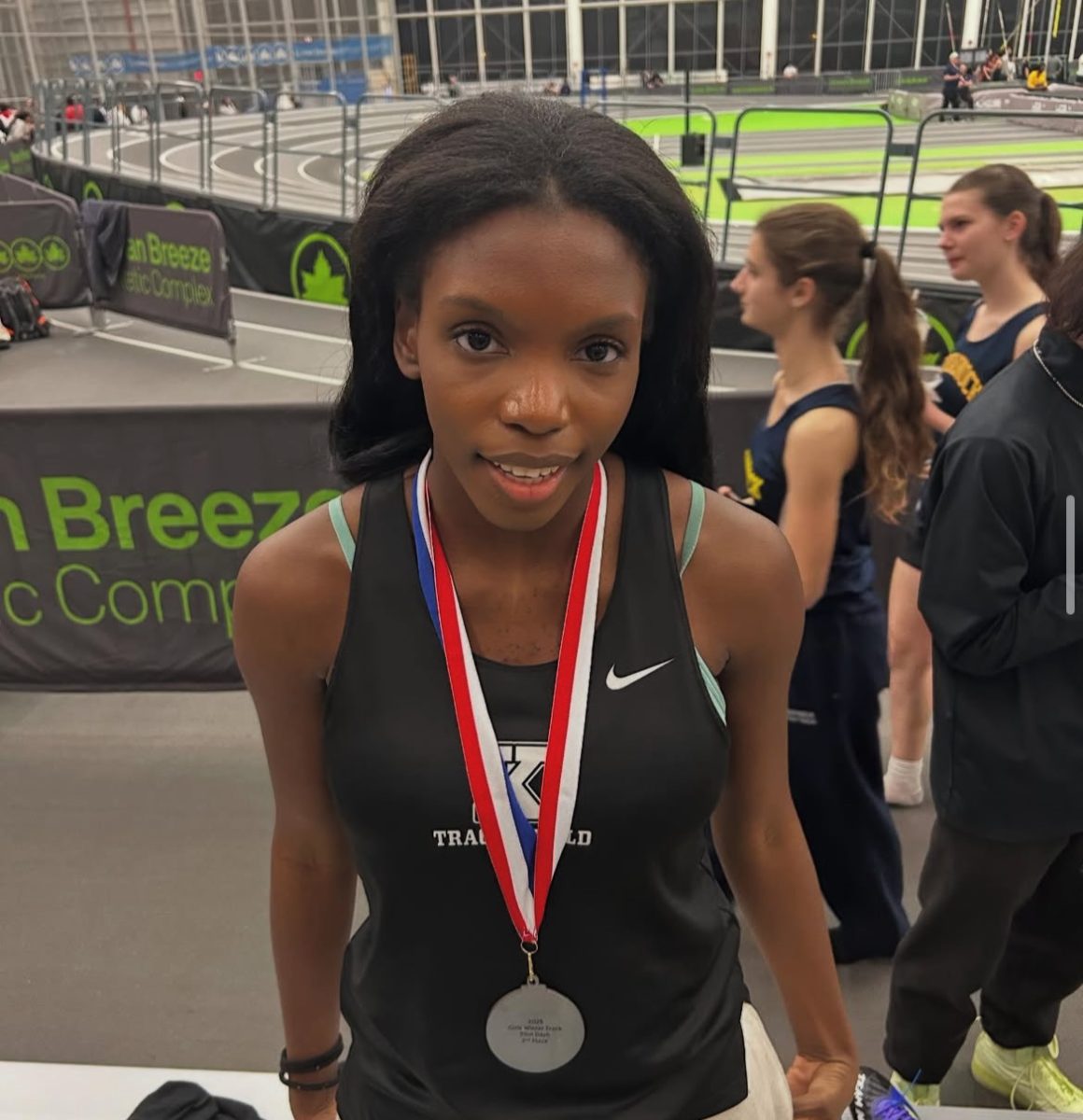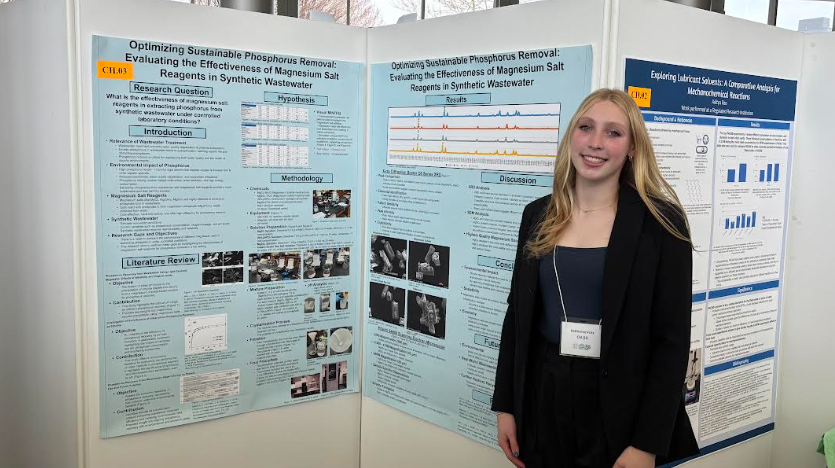As of 2022, 47 million foreign-born immigrants live in the U.S, a record high in American history.
According to history teacher Danielle Elia, when the U.S gained independence from Great Britain in the 1700s, “People saw that as a change, because of the different rights that we have in our Constitution, and how more freedoms are allowed.” Be it for employment opportunities, escaping from violent conflicts, education, or environmental factors, the United States became a beacon for a better future for those abroad.
Immigrants who hailed from the same countries often lived close together and created communities to share customs and traditions. American cities today often have sections heavily influenced by foreign cultures, as immigrants strived to make their new homes more familiar than the lives they left behind. “The point of that is not necessarily to change what the United States was standing for, but also bring that sense of home and what people know with them,” said Elia.
Over the years, immigrant families still hold onto their cultural identities. Their religion, food, clothing, language, music, and traditional values are all things that get passed down through generations.
Living in communities with people of similar ethnic backgrounds is also helpful to connect with your heritage and talk with family that may live in other countries, “I grew up only speaking Russian, and then I went to preschool and daycare with all Russian-speaking teachers,” said sophomore Marie Levi, who is Russian and Israeli.
This reporter also experiences the struggles of a first-generation American. Both of my parents are from India, while I was born and raised in the U.S. They taught me Hindi, our culture, and sent me to Sunday School since first grade. Since I was a kid, I’ve traveled to India almost every year and visited my family. Before understanding Hindi, talking to relatives was difficult. It was disheartening not to be part of the family the same way my cousins were.
But back in the U.S, my classmates and teachers treated me like a representative of India. Translating whatever words they want me to say, asking me what life was like there; it was completely different from how I felt with my relatives. In a room full of white kids, I was the outlier. But even in a country of people who look like me, I was still different.

“I’m mostly from America, and speaking a different language here can get you in trouble,” says sophomore Fairooz Kabir, who’s Bangladeshi. Even though some native-born citizens have lived in the U.S. their whole lives, xenophobia, or prejudice against people from other countries, is often targeted at those with noticeable foreign features, like skin color.
At KHS, 18.9% of students are minorities, according to US News. Due to the large cultural diversity in the state, functions, and events can be celebrated with the community.
“We do celebrate some Jewish holidays, and then at home, we only speak Russian and eat mostly Russian food,” said Levi, “And over the summer and during the year, we go to gatherings or festivals, or places where a lot of Russian people go so my parents can keep up with the culture and music.”
Not only does Kabir attend gatherings and functions with her family, but she also practices traditional art forms from her country, “I did cultural Kathak and Bharatanatyam dances […] I used to do performances at really big parties because they used to make big festivals and functions.”
The history of immigration in the U.S and the stories that people brought with them helped shape what the U.S is today.




